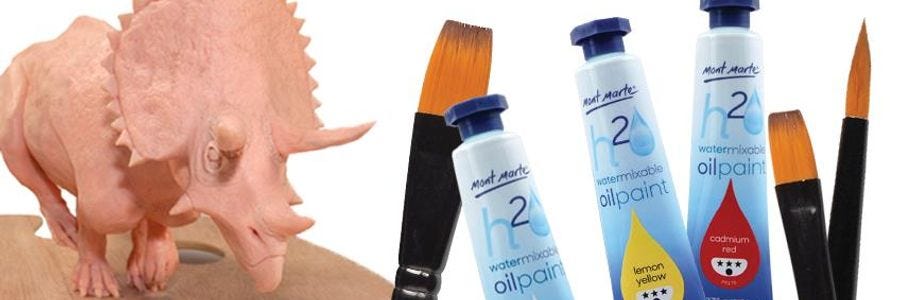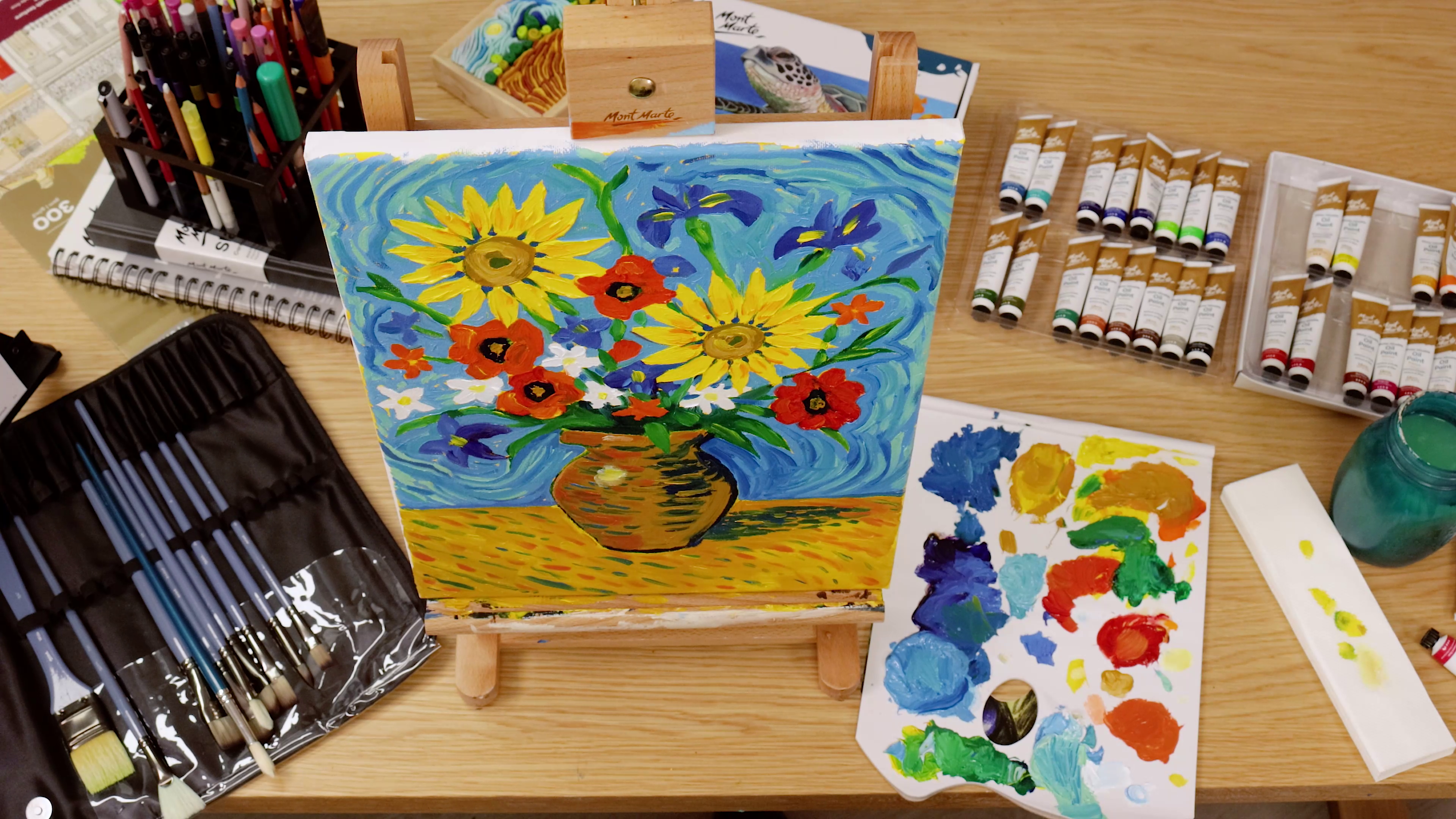With the advent of modern sculptural mediums such as polymer clay and air drying clay, the popularity of sculpture has really grown. Although these particular materials in their finished/cured form possess a certain intrinsic beauty, they can gain even more appeal when painted. The methods used in painting sculpture are similar to the methods used in general painting, but there are a few unique techniques you can use to really capitalise on the three-dimensional nature of sculptural work.
A Good Undercoat: Most sculptures require a good base on which to apply subsequent layers of paint. The key thing to bear in mind is to make the first layer as thin as possible. If it is thin, it is a lot less likely to crack. The other reason to apply the paint thinly is that it won’t be as inclined to well in the hollows, so you won’t lose any detail. Use a soft taklon brush to apply the undercoat as it won’t leave bristle marks on your work. It is best to apply a neutral tone such as grey so that subsequent layers of colour portray a realistic tone.
Dry Brushing: Dry brushing brings out the highlights on the surface of a sculpture but leaves undercuts and grooves free of colour. Dry brushing is a simple technique where a brush is lightly charged with paint and softy brushed over the surface of a work. The result is that only the highpoints come into contact with the bristles.
Tonal Modelling: Even a simple sculpture is full of differing planes, undercuts and compound curves. Tonal modelling uses the natural occurrence of how a light source plays out on a sculpture. If you can imagine a sphere, it will be lighter in the area that is closest to its light source, and the bottom of the sphere will be darker where it is in shadow. We are familiar with suggesting this in a two-dimensional drawing, but this tonal modelling can be used on a three-dimensional form as well with great effect. If we were to use a sphere [sculpture] as an example, one would apply a lighter hue on the top side and darken the area in shadow. As such, we are ‘exaggerating’ the natural light phenomenon. Tonal modelling is a very effective way of highlighting folds in fabric and reinforcing shape.
Adding a Wash: In painting terms, a wash is a very thinned application of paint. This ‘thin’ application of paint can also be used on sculpture, but results in a different effect, with the colour running into the grooves, wells, and any fine cracks adding depth.
Creating a Metallic Look: There are times when the sculptor will want to suggest a metal finish to a sculpture, like armour on a knight or even scales on a mermaid’s tail. This can be tricky to effectively suggest with just a single colour. To create this tone realistically, one needs to lay down black and then ‘dry brush’ over a metallic colour. You will be surprised how convincing this looks if done properly.
Adding an Environment: Most sculptures will be situated on a base of some sort. This base can be thought of as an environment, and can give the work a certain type of credibility. Soil, sand and gravel can be sprinkled over a layer of PVA glue and mud can be suggested by laying down modelling paste that can be painted a brown when dry.
Weathering: Weathering is a term used to describe a surface that has been exposed to the elements and/or time. For example, pastel powder can suggest dust and dirt. Rust can be suggested by painting appropriate areas with a burnt sienna. The look of flaking paint can also be created by applying the underlying base colour with a fine brush.
We’ve just gone over the main techniques to painting sculptural work, but when they are all used in conjunction with one another, and with a little practice, you can create a real museum quality work.
View related products.





























